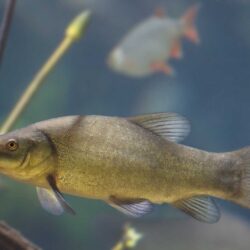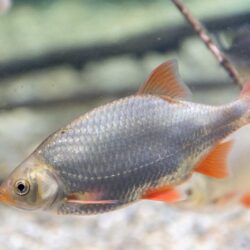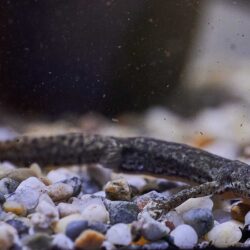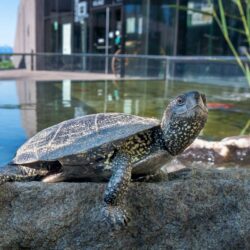Standing waters
Standing waters are characterised by the development of plankton which form the basis of the entire living community. These water bodies can be divided into puddles, ponds, fish ponds, swamps and lakes.
Puddles are shallow depressions filled with water that dry up, while ponds are depressions that do not dry out and where light reaches the bottom, enabling the development aquatic vegetation.
Swamps are shallow standing waters characterised by a low pH value. They are habitats for many species of plants, insects, fish, amphibians, reptiles, birds and mammals.
Lakes are the largest and deepest standing water bodies. Most were formed by glacial action. Slow shifting of kilometre-deep ice sheets resulted in these depressions. The depressions were formed during the Pleistocene age, and then filled with water after the ice retracted or melted. Some of the largest lakes were created by tectonic shifts of the Earth’s core. One such lake is Lake Ohrid in North Macedonia, which is famous for having a number of endemic species. Discoveries have been made of the Ohrid diatomaceous algae, which are living fossils. After volcanic activities, deep craters are formed, and can fill with water, also creating lakes. Lakes created by a meteorite impact, whose crater has filled with water, are very old and almost perfectly round. In most lakes in early spring, the water temperature is virtually the same from the surface to the bottom, due to the winds that mix the water column. As summer approaches and the winds cease, the water surface heats up quickly (increasing distance between water molecules reduces its density). In autumn, the lower temperatures cool the surface layers and the colder and denser water at the top begins to sink under the warmer and less dense water underneath. Once the water cools to 4°C in winter, it drops to the bottom, as water is most dense at this temperature, while the colder water that is lighter rises to the surface and freezes. The ice remains on the surface like a crust, while the warmer water at the bottom enables life to unfold in the river. If it were not for this anomaly, it is questionable whether life would have evolved at all, and whether our evolution would be the same as it is today.



